To date, I’ve had three or four experiences with Georgian teas. As in, teas grown in the country of Georgia; not the U.S. state. However, there was one type of tasting session I had yet to do. That being, to try all the wares from one farmer/producer, in order to enjoy their individual quirks and artistry.
And then I read THIS.
You should read it, too. I’ll wait.
The folks behind Tea in the City (a UK-based online tea operation) made a sourcing trip across the entire expanse of the Caucasus range—from Azerbaijan, to Sochi, Russia, and then on down to Georgia. They visited many large producers in the country, and on their final leg of the journey, they ended up in the region of Guria. Specifically, they found a farmer in the small town of Ozurgeti, just outside of the larger resort town of Batumi.
The farmer in question? A guy named Davit.
They were so impressed with his range, they picked up the lot of it. Specifically, a black tea, a green tea, and a cranberry leaf tisane (oxidized like a black tea). The latter of which really intrigued me. Not sure what it is about those wacky Georgian folks, but they really like making black tea-like beverages out of other plants besides Camellia sinensis. I’m okay with this.
On a past tasting, I tried a Georgian oxidized bilberry leaf offering that was to die for. Farmer Davit claimed to have invented the process . . . but I doubt it. Although, I “could” be convinced to give him credit for being the first to do it with cranberry leaf.
Thomas from Tea in the City was kind enough to send along the entire Georgian range for my palate perusal.
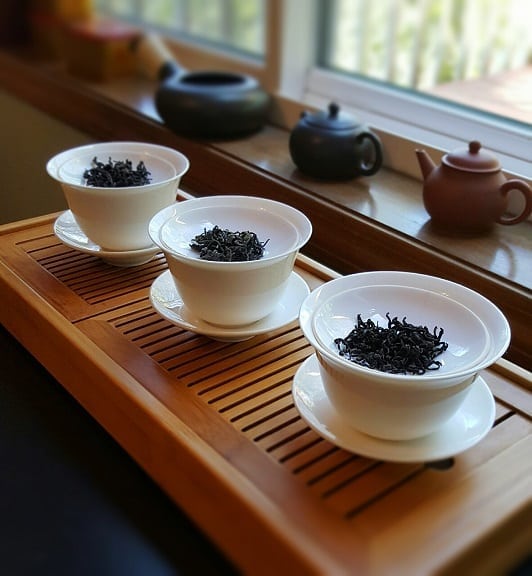
The Georgian black was different from others I’d had from the region. First off, the leaf cut was smaller by nearly half. A lot of Georgian tea farmers processed the whole leaf—minimal cutting. The result was a tea batch that took up a lot of space. Here, they were medium-cut like a Taiwanese Assam and rolled in a similar way. Heck, they even smelled similar—equal parts earth and malt, with a little bit of wood-sweetness on the back.
The green tea was a little closer to what I was familiar with. The leaves were dark, forest green, and rolled similarly to the black tea. The aroma they gave off was all almond-buttered vegetables. I likened it to a Sichuan green tea.
The cranberry leaf “tea” was—by far—the most unique. As with the other two, the rolling and cut were very similar. The leaves themselves were darker than even the black tea offering. And the aroma they imparted reminded me of hibiscus with a dash of Dan Cong oolong subtlety.
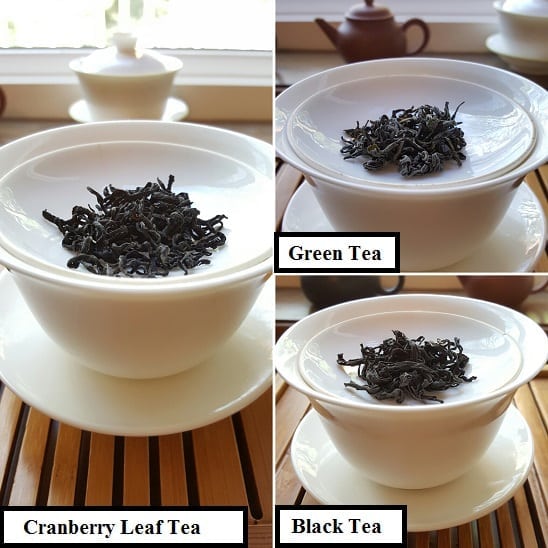
How did they taste? Well, I decided to film my first impressions.

After that experiential bit o’ fun, I took the spent leaves of the black tea and haphazardly blended them with the leftover cranberry. I got a good two more infusions out of that combination. And I was totally convinced that needed to be a future product. That is, if they got the perfect ratio down.
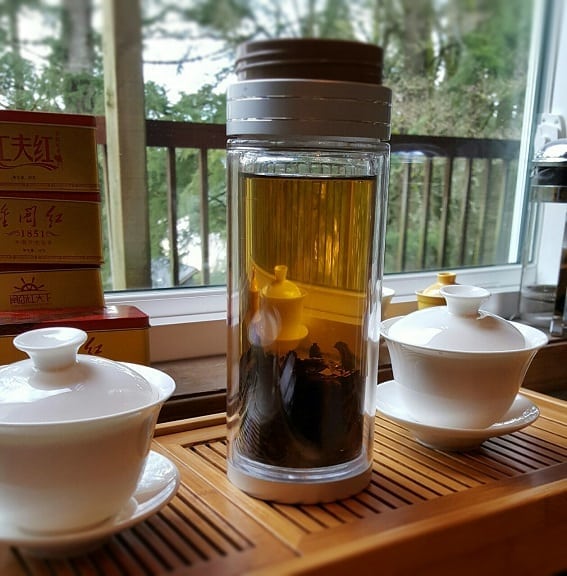
All in all, I really want to revisit this farmer’s offerings again. Georgia continues to impress me with its tea artisans, both old and new. I hope more such offerings from individual farmers become readily available.
And I hope they continue experimenting with oxidizing ALL the leaves.
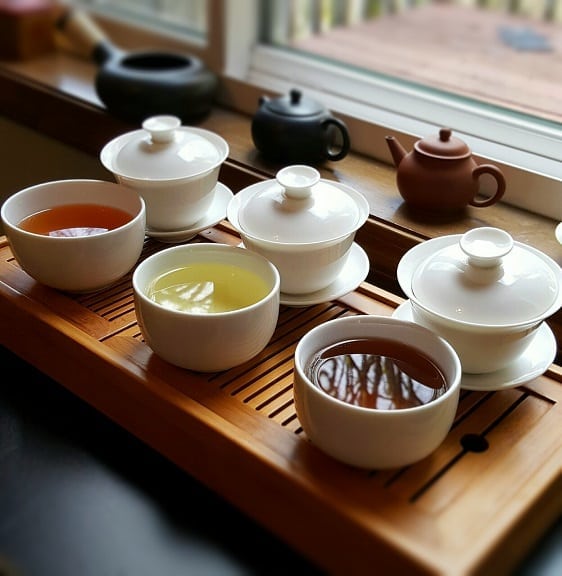
To buy Tea in the City’s Georgian Black, go HERE.
To buy their Georgian Green, go HERE.
To by their Cranberry Leaf, go HERE.

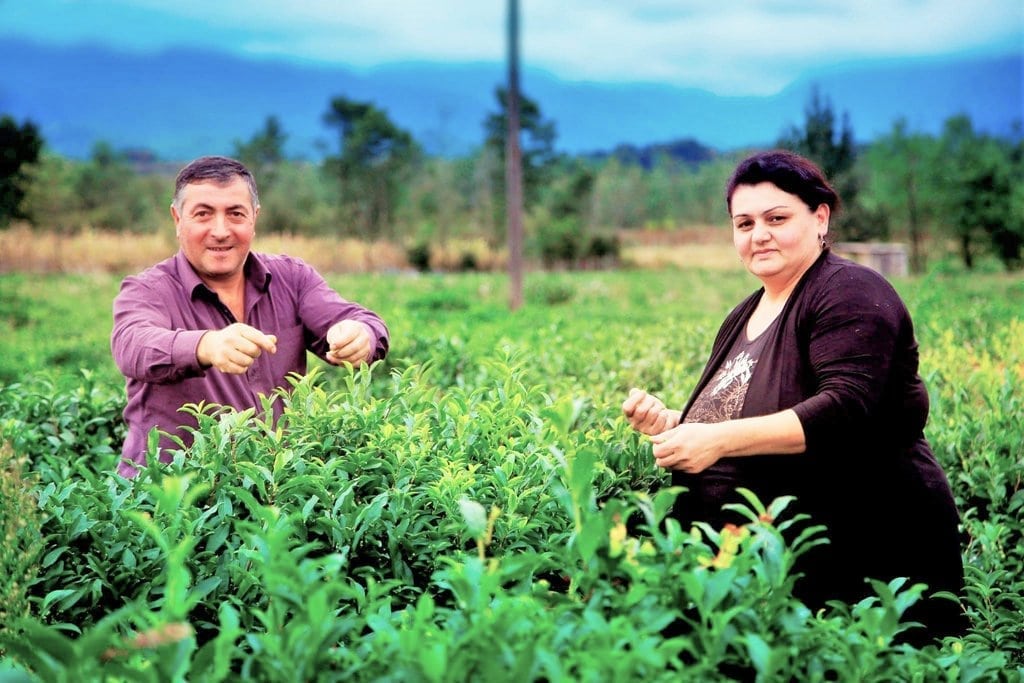
Xavier
You are the Decepticon tea explorer. I am sure you transform yourself into a gaiwan.
Margo Hutchinson
all sound really good!